Report this entry
More from the same community-collection
Woody & Gayle Hunt Family Pediatric Intensive Care Unit
The generous $1 million dollar gift of the Hunt family named the ...
Reception for Dr. Jeanne Novotny
Community leaders and government officials met the founding dean ...
Josh Hunt & Family at the zoo, El Paso, TX, circa 2015
Kids and their parents got an after-hours peek inside the El ...
Joshua Hunt and Alejandra De La Vega Foster
Even when construction on El Paso's first Triple-A stadium ...
The Ribas Boys take over Hueco Tanks
Felipe and Lluc Ribas at Hueco Tanks site 17 during the 2013 ...
New Era Wrestling-Featured by Only In El Paso Season 2
Seen any wrestling matches in the back alleys of El Paso lately? ...
EPCC Awarded Aspen Prize Top 10 Community College
El Paso Community College (EPCC) was awarded the Aspen Prize Top ...
New Era Wrestling- Only in El Paso - Video
Seen any wrestling matches in the back alleys of El Paso lately? ...
Reunion Class of 1969 - Loretto Academy
Mary Lou Galaviz Flores at a reunion of class of 1969 for ...






















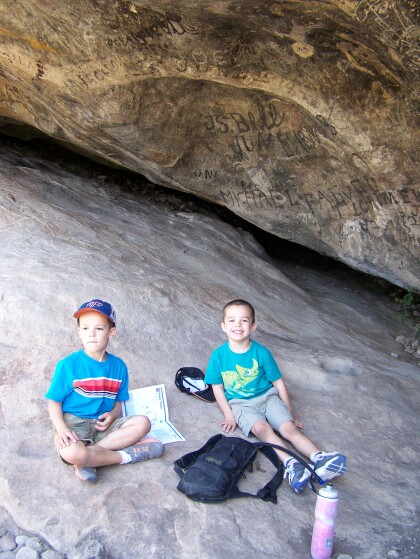

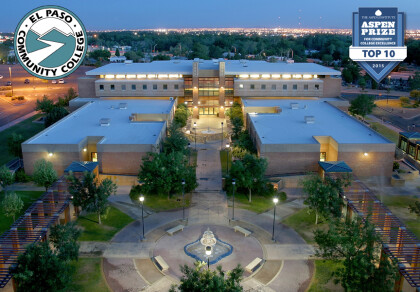

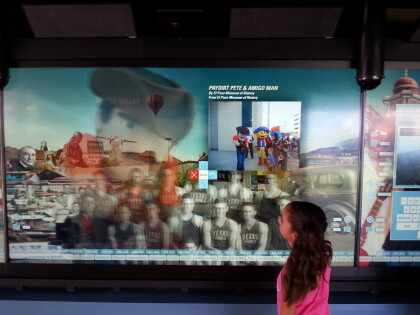
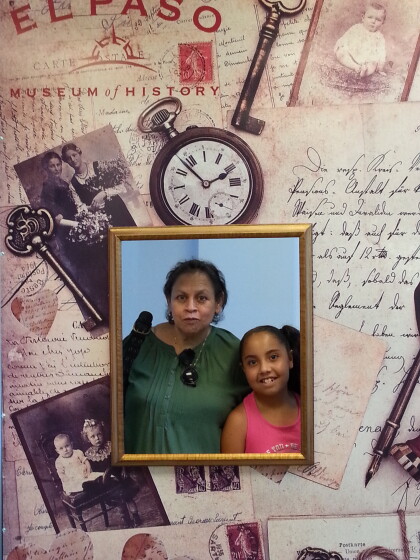



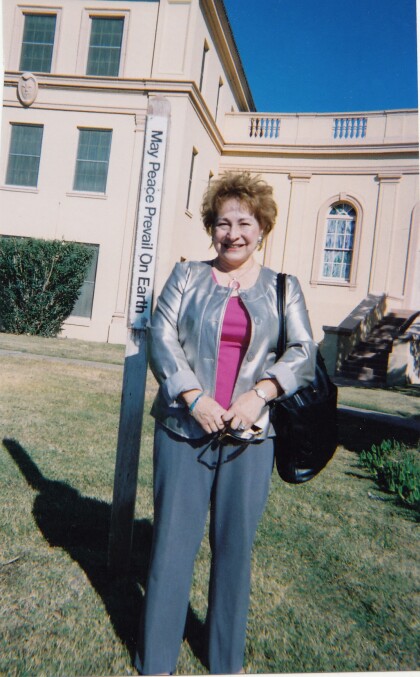

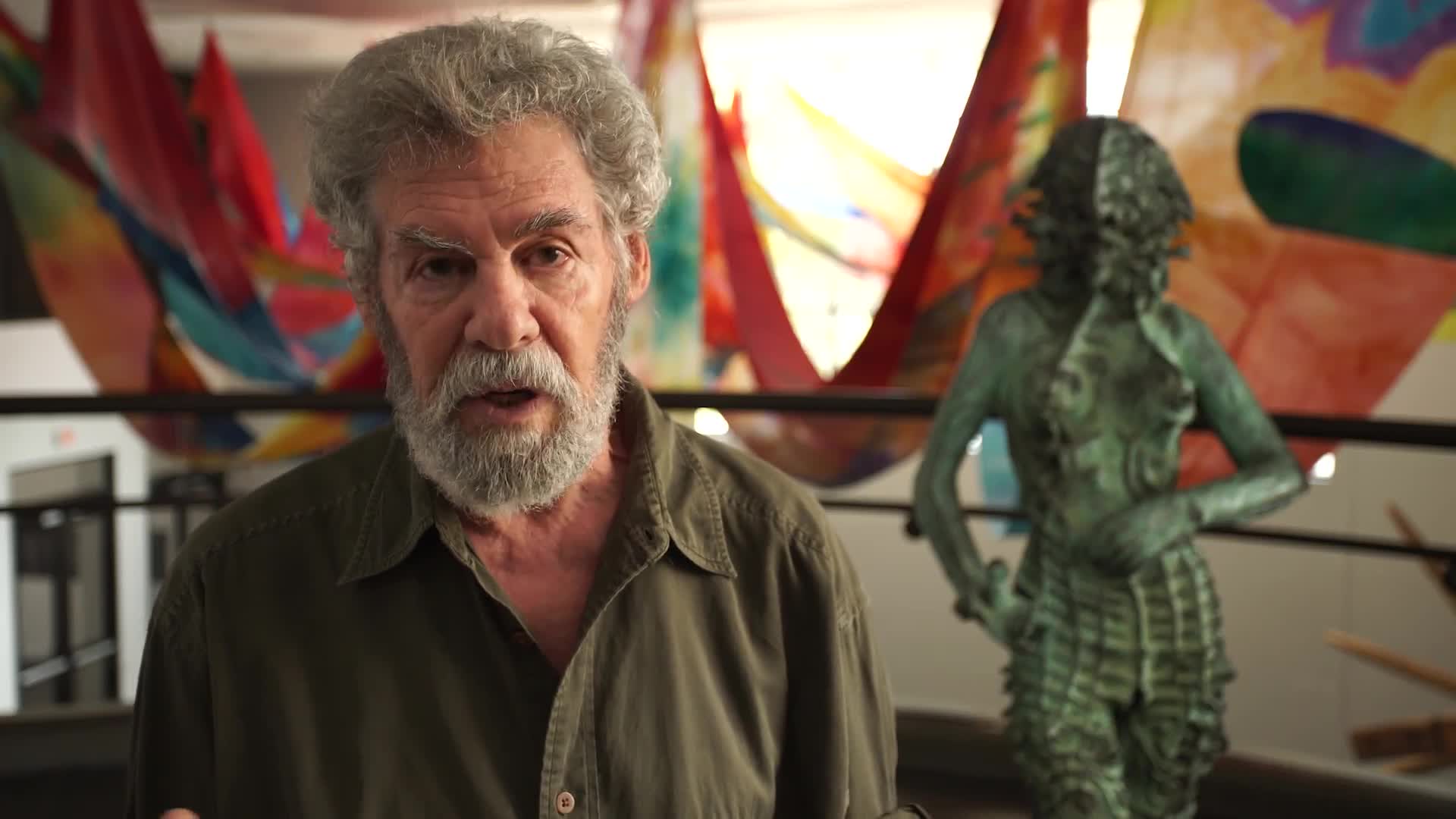
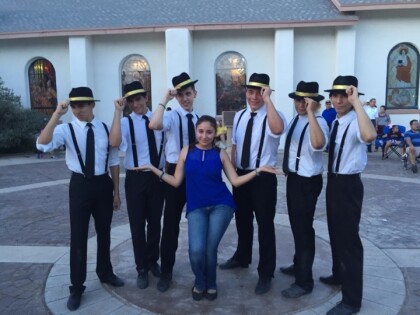
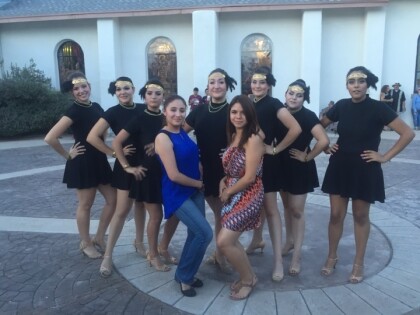
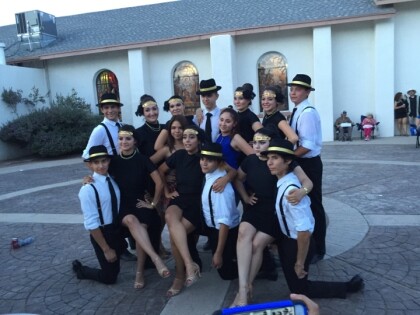
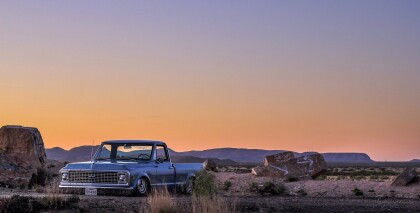
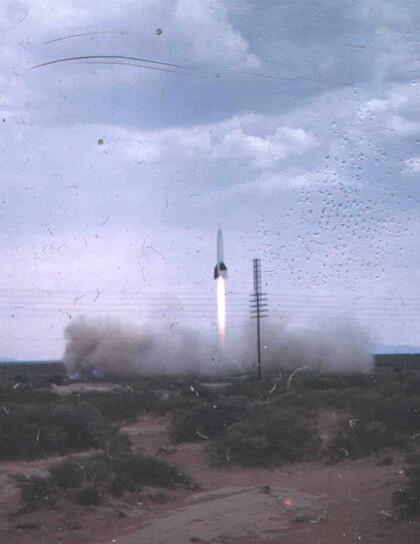
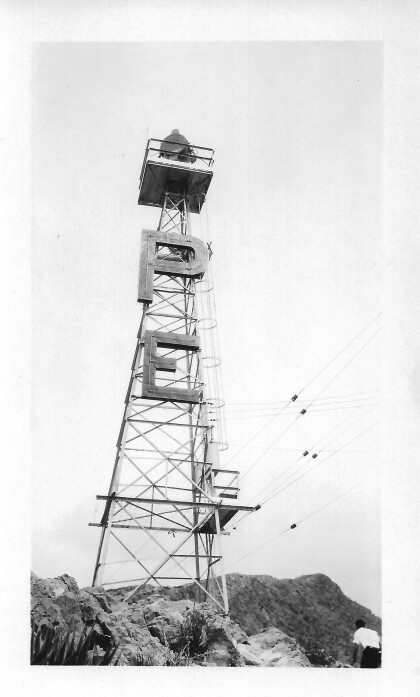
Comments
Add a comment